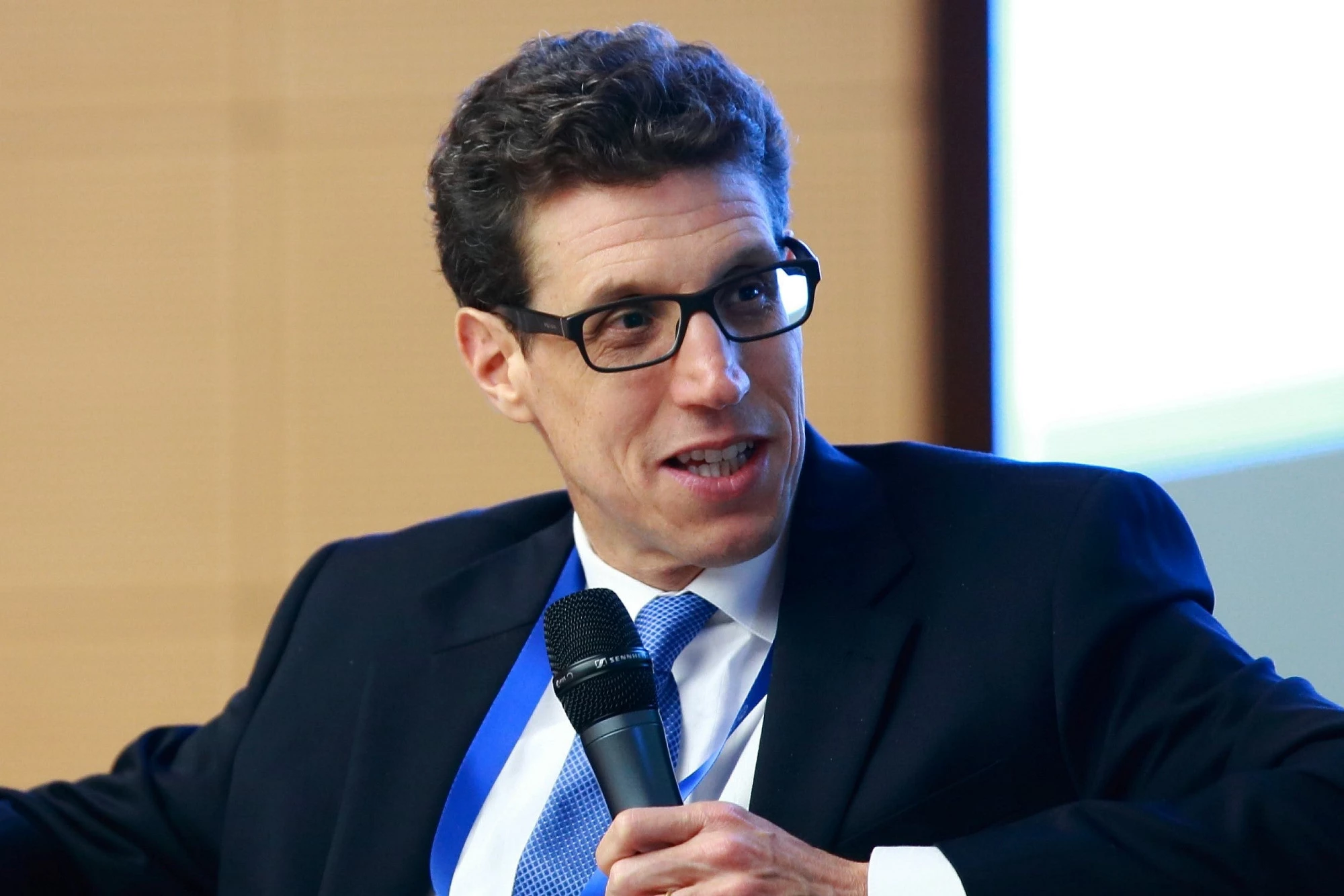The increase in global financial integration over the last twenty years has been remarkable, and U.S. institutional investors have been significant participants in this growth. Given standard economic theory, one would expect to see greater international diversification accompanying the expansion of global investment opportunities. To date, however, evidence on how investors actually allocate their portfolios around the world and what determines it is still limited.
In a joint paper with Roberto Rigobon, we aim to fill the gap in the literature by constructing a unique micro dataset of asset-level portfolios for a group of important institutional investors, namely US mutual funds with international investments. To shed light on the drivers of globalization and investment across countries, we explore the structure of mutual fund families. We make within-family comparisons of the behavior of “specialized funds,” which can invest only in certain countries or regions, and “global funds,” which can invest anywhere in the world and thus have access to a larger set of instruments (more firms from more countries).
Three new stylized facts emerge from our analysis. First, global funds have grown significantly more than specialized funds. As the investment scope increases, funds should be able to hold more assets and capture more international diversification gains. However, our second stylized fact shows that both specialized and global mutual funds hold a similar number of stocks (the average number of stocks is 150 and the median 95). In other words, the number of asset holdings in mutual fund portfolios does not increase with the funds’ investment scope within the same mutual fund family, even though the pool of investable assets does. Finally, within each region of exposure, global funds hold fewer assets from fewer countries when compared to specialized funds within the same mutual fund family.
These restrictive investment practices of global funds are particularly important as global funds are investing an increasing amount in stocks from a limited set of companies and countries. Furthermore, this behavior of global funds also seems to be sub-optimal from the perspective of underlying investors to the extent that it entails a cost. According to a mean-variance framework, global funds could gain substantially in risk-adjusted terms, simply by replicating portfolios already held by other funds within the same company. In other words, by not increasing the number of stocks as they expand their investment scope, global funds forgo the potential benefits of broader international diversification. Furthermore, our evidence suggests that global funds do not appear to be better suited to avoiding large losses given their ability to shift their stock holdings across countries and regions.
Our results also indicate that the restrictive investment practices of mutual funds are not driven by instrument availability or transaction costs, broadly understood as barriers to purchase securities. Mutual funds purchase only a very small fraction of the instruments available for investment. Moreover, specialized funds have already invested in a set of assets, which are also available to global funds, indicating that there are no clear restrictions to purchase them. , , The pattern of investment in few firms does not seem to be driven by fund size, since neither specialized nor global fund holdings are very large relative to market capitalization. This suggests that funds might be able to expand their exposures, without incurring major trading costs.
Our empirical evidence highlights the importance of organizational aspects to explain the investment choices of institutional investors and does not seem consistent with the idea that asset allocation is driven by lack of information at the family level. These organizational aspects seem to induce competition among managers within the same family and affect portfolio choices across funds. In particular, since we compare the potential diversification gains of investing in assets already held within the mutual fund family, one can argue that the cost of gathering and processing information has already been paid by someone in the family and that other mutual fund managers within the family could in principle access that information freely. However, the portfolios of mutual funds within families investing in the same region do not appear to be very similar, even though their similarity increases when funds share asset managers. Furthermore, there are strong family effects behind mutual fund investment practices; that is, the number of stocks held across fund types and the portfolio loadings are similar within mutual fund companies but different across them.
The new evidence presented in our paper points to significant challenges in the prospects for broad international diversification. To the extent that global funds continue to be large relative to specialized funds, the findings in this paper suggest that the forgone diversification gains can be significant. At the same time, many countries and firms might not be able to benefit from tapping international investors and could thus face higher financing costs.
The findings in this paper, and other related work we are conducting on institutional investors, has important policy implications in terms of how the very substantial savings that are being accumulated in the form of pension funds and mutual funds are managed. For example, are they providing the best risk-adjusted returns to investors? Are they managing savings in a cost effective way? Do they contribute to capital market development? Do they help expand access to finance to firms of different sizes? All these are important questions that deserve more attention, by the literature in general and by the World Bank Group.
Further Reading:
Didier, Tatiana, Rigobon, Roberto, and Schmukler, Sergio, 2010. “Unexploited Gains from International Diversification: Patterns of Portfolio Holdings around the World,” NBER Working Paper 16629, December, and World Bank Policy Research Working Paper 5524, January 2011.



Join the Conversation